Ron contacted us just a few weeks before his planned arrival. His cousins visited Poland over 5 years ago and strongly recommended our co-founder Tom Szymkowiak who guided them back then. We quickly prepared a tailor-made itinerary that covered almost the whole country – as Ron and his daughters planned over two weeks for that trip.

One branch of their family originated from the Bialystok area (northeastern Poland) and others from central and southern Poland. Our clients wanted also to learn in details about over 1000 year history of Polish Jews, therefore we ended up with a 16-day itinerary.
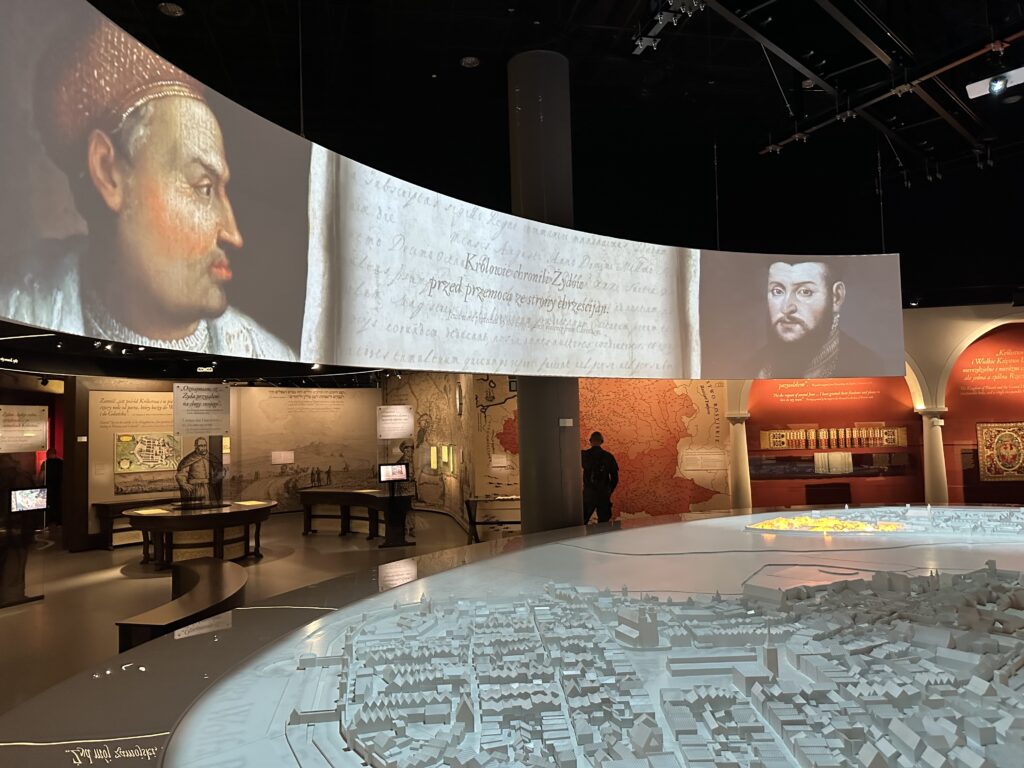
We started with Warsaw, where during the first we presented the overall history of Poland, and later focused on the Jewish history of Polish capital. We saw the former Jewish Ghetto in Warsaw (now the business district), the Polin Museum (Museum of the History of Polish Jews), the only Jewish synagogue in Warsaw that survived the war.
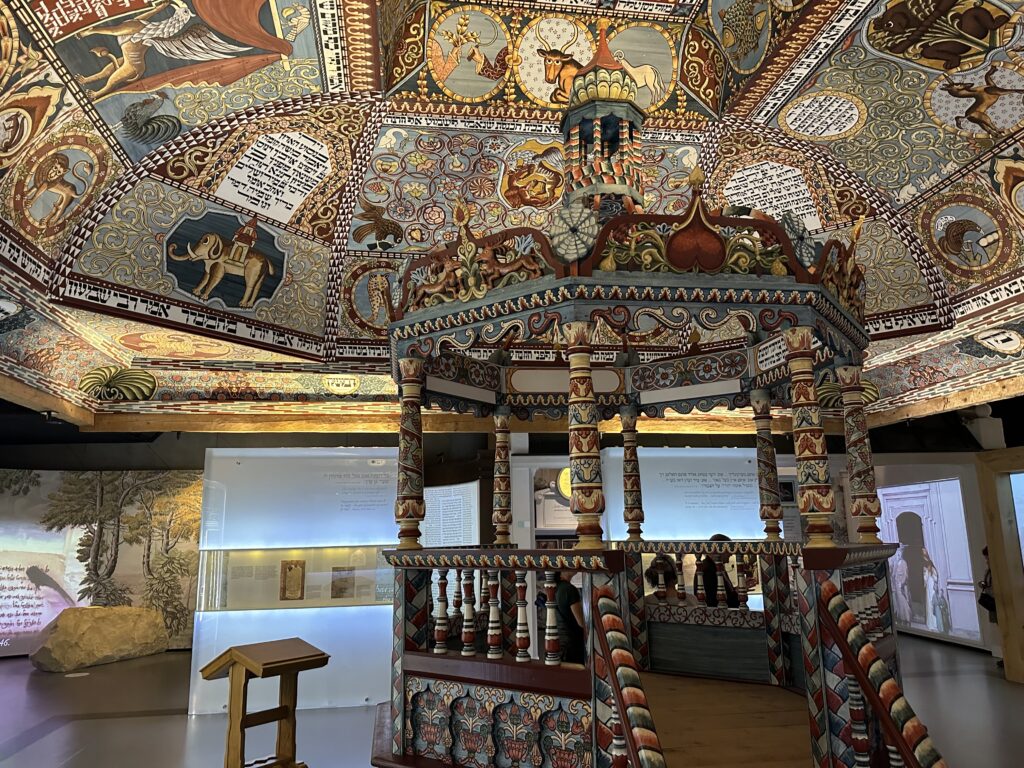
A very meaningful moment was a visit at the Jewish cemetery at Okopowa street where based on Tom’s research, Brenda and Nathalie could see their great-grandfather’s grave. That was a unique experience for us too, as many Jewish cemeteries in Poland are in a bad shape, and even on the one in Warsaw, many graves are destroyed, overgrown, or the names cannot be read out.

Later, we headed north to Białystok, but visited Treblinka Death Camp, where some relatives of our clients perished in the holocaust. The next stop was in Tykocin, where we visited one of the oldest Jewish synagogues in Poland.
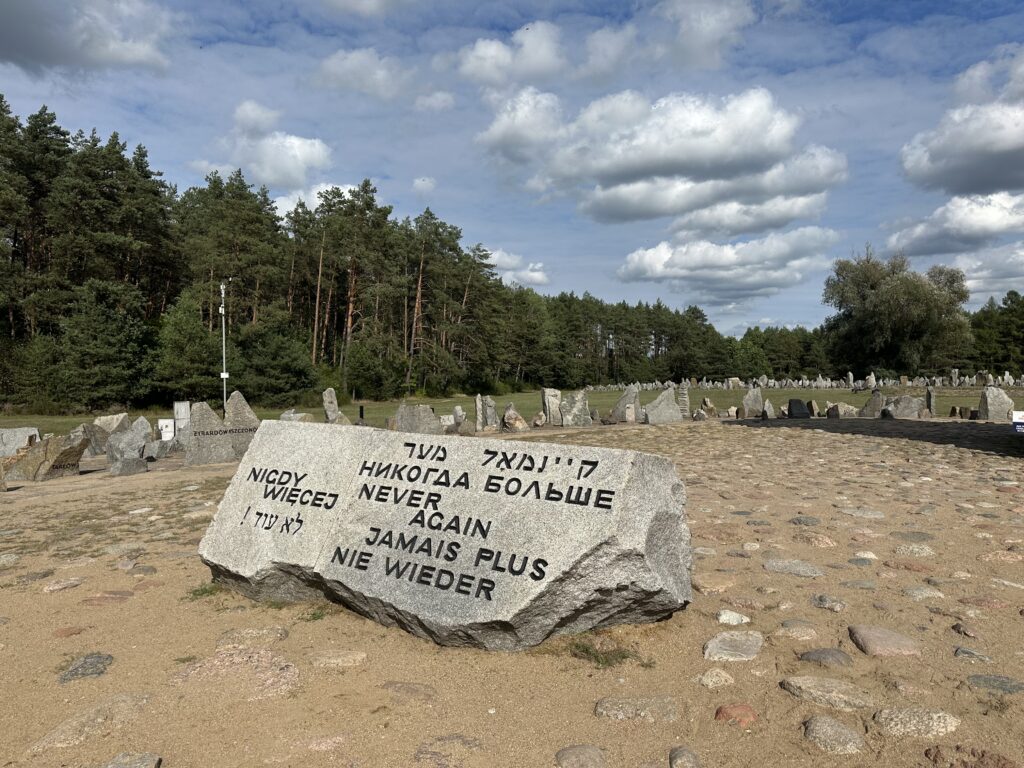
Spending a night in Bialystok enabled us to see the Jewish Heritage of that city. We also visited the State Archive in Bialystok and accessed some records listing the address where our client’s family used to live and run the business. Obviously, these addresses were visited by us, too.
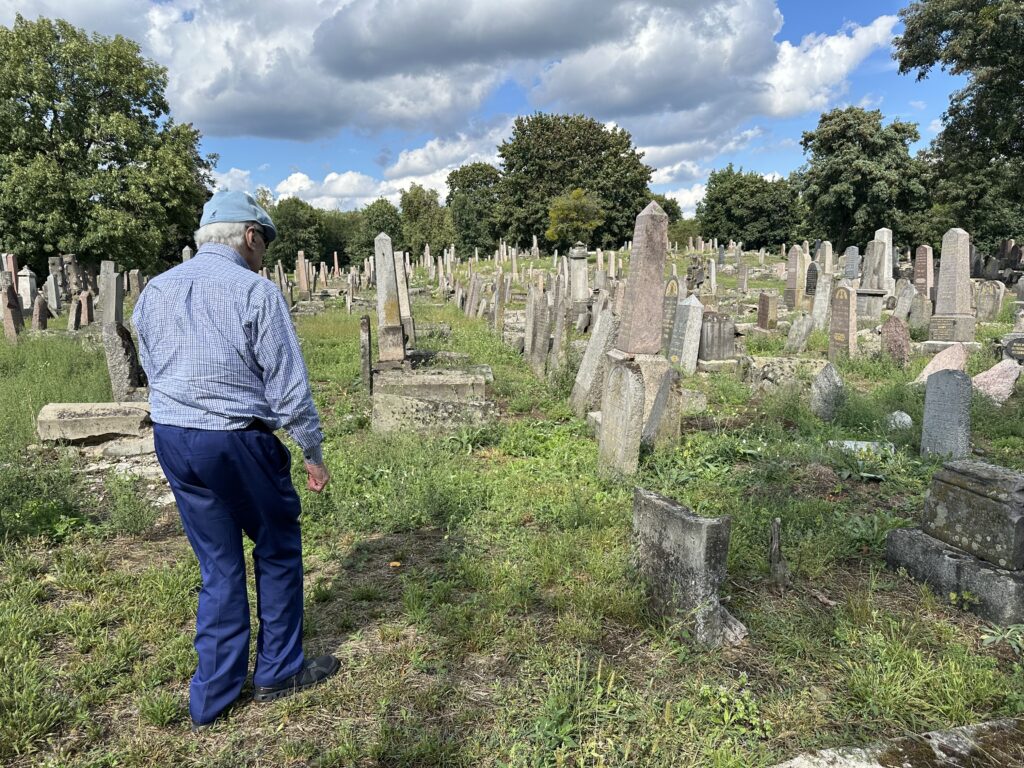
We also visited the nearby Białowieża Forest World Heritage site, located on the border between Poland and Belarus, and then drove to Lublin. Lublin has been home to Jewish community since the Middle Ages and a very important center of Hebrew Culture. We spent a while in the former Chachmei Lublin Yeshiva that operated between 1930-1939 and at that time was the Largest Yeshiva in the world.
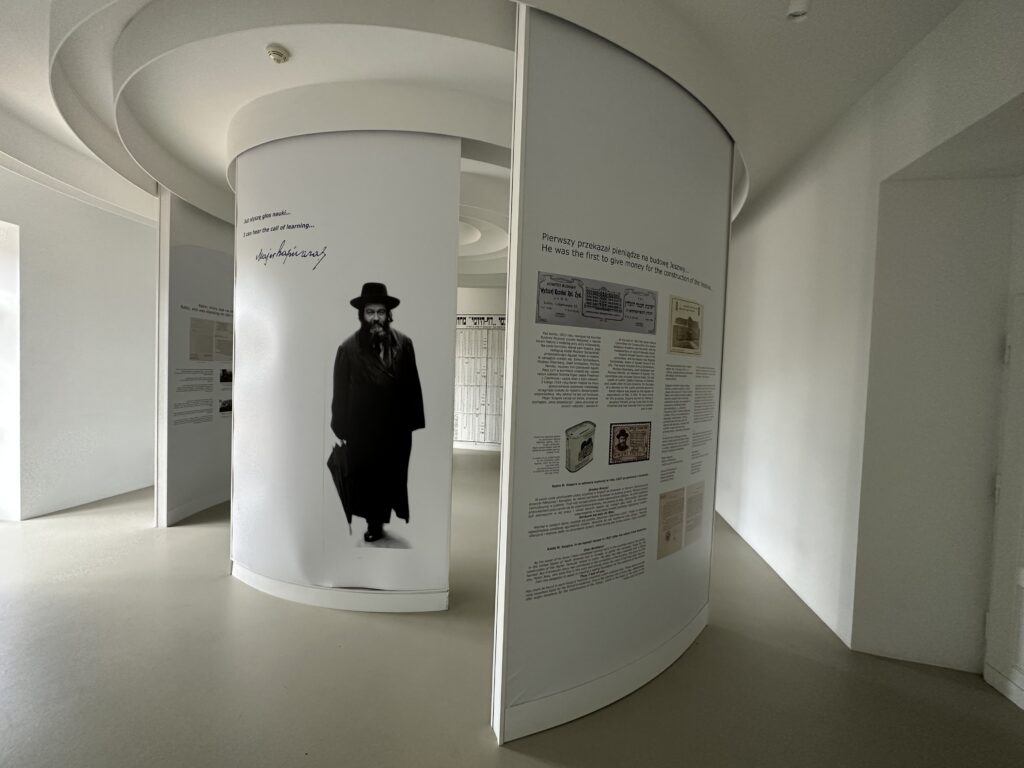
Being there, we also did a private guided tour around Majdanek Camp.
Our next destination for the next few days was Krakow, but on our way we stopped in Kazimierz Dolny which was once regarded the most distinctly Jewish town in Poland. As it was the half of our tour, we took advantage of staying in one place for three nights and slowed down the pace a bit. 4 days seemed to be enough to properly explore the City of Polish Kings and the former capital of Poland – Cracow. During these few days, we managed to see the Old Town, the Jewish Quarter – Kazimierz, the Schindler’s Factory, Auschwitz-Birkenau, and much more.

Then we focused on the Koziwoda Family’s history, and for the next few days were visiting sites related to these branch of our client’s ancestors. That part of the tour included visiting the village Koziawoda – where the name Koziwoda originates from, the town where Ron’s grandparents and their forefathers used to live and work. In all these places we were checking local Jewish cemeteries, former synagogues, former Jewish districts. Interviewing local inhabitants was part of the experience too.
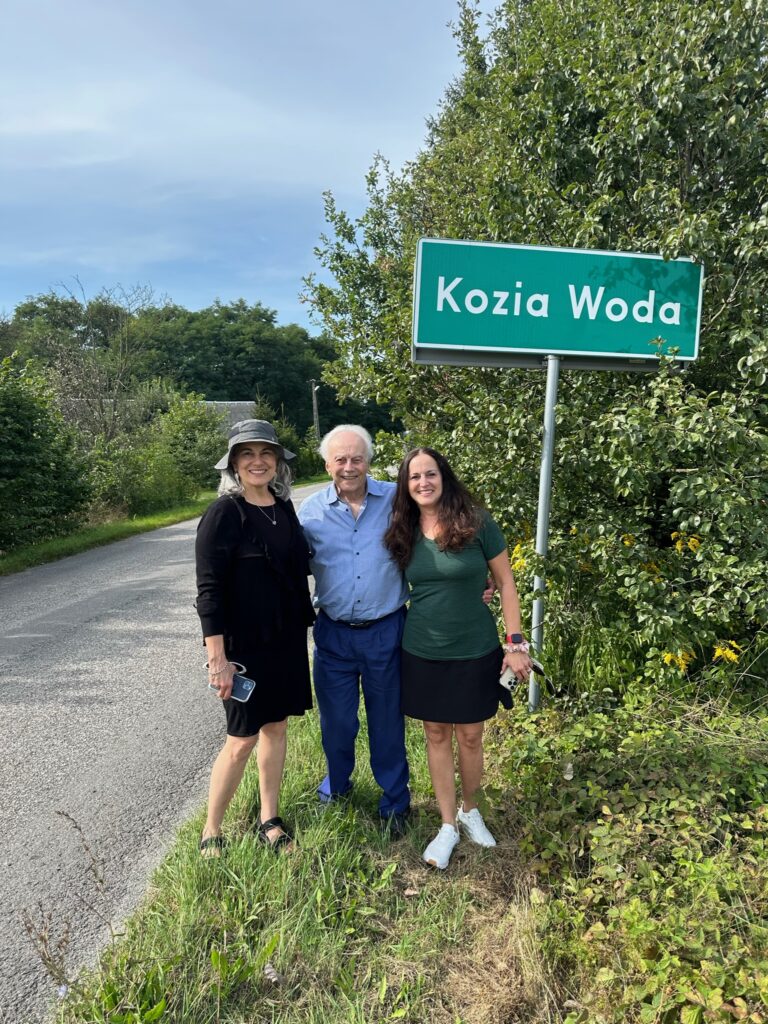
During that part of the trip we visited Pajęczno (which seems to be the ‘nest’ of the Koziwoda Family, and Częstochowa where some relatives of our ancestors used to live. We spent a long time at the huge Jewish cemetery there, where we went through the bushes to find the graves of some of the relatives. We also visited State Archive in Czestochowa, where Tom was able to find several records related to Ron’s grandparents. Seeing the original document signed by your grandfather was another very emotional moment on that trip.

Before going to Wroclaw, we spent a night in Łódź (Lodz, Litzmannstadt) which played a very important role in the pre-war Jewish history of Poland.
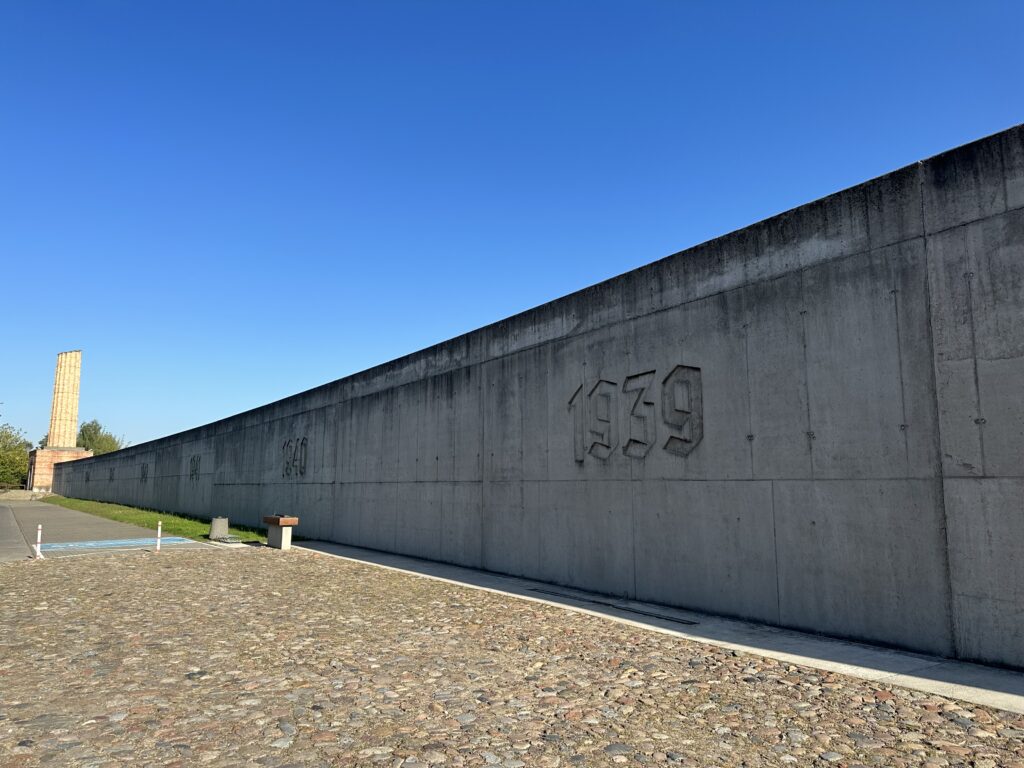
Next on our agenda was Wroclaw – which is becoming one of the most popular tourist attractions in Poland. We took a boat cruise on Odra River to admire the beauty of Ostrow Tumski Island, visited the Centennial Hall (another from Unesco Heritage List), and walked through the Four Denominations District. On the next day, we first visited the unique old Jewish Cemetery in Wroclaw, and then completed our clients special wish – presented Poles’ everyday life in the city by seeing the local schools, mid-class- and rich people’s houses, etc.
Even though the tour seemed to be quite long, supposedly it was not enough for Ron and his daughters, as on the way back to Warsaw we discussed their plans of coming over the next year too.
